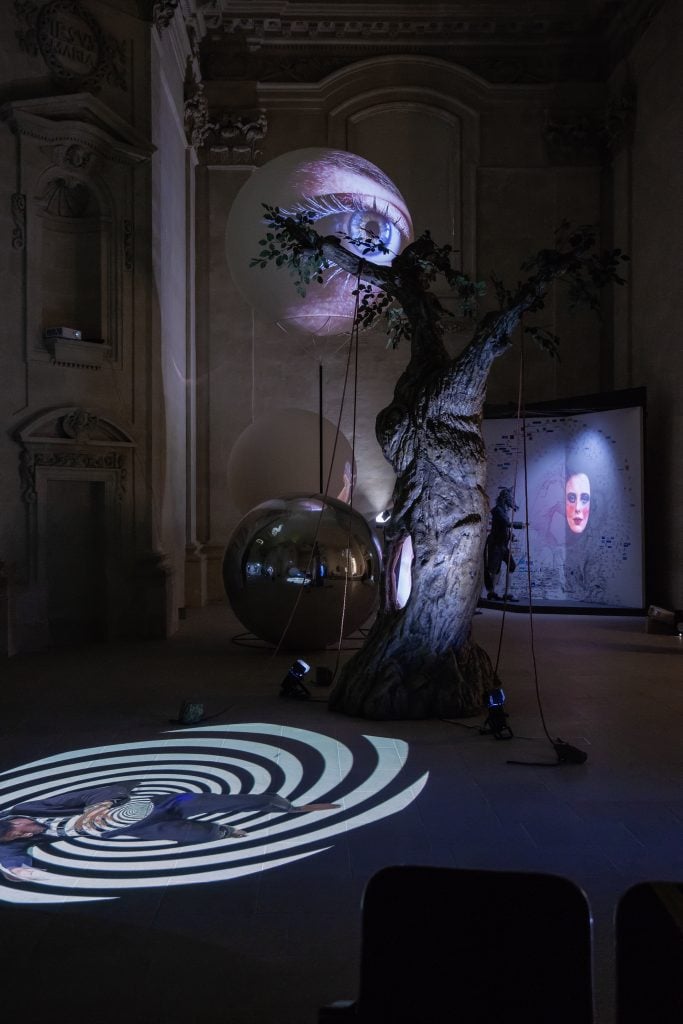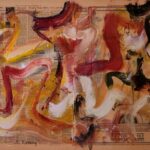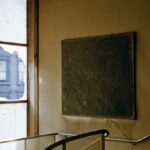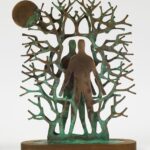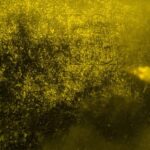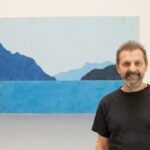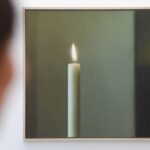The next edition of the beloved Musée dArt et d’Histoire of Geneva (MAH) XL exhibition series, will see art historian and author Pascal Rousseau invited to investigate the relationship between viewer and object, and objects’ power to transfix our gaze and attention in a new summer show. On view from July 19–October 27, 2024, “Archaeology of Fluids” also taps the institution’s own history, inspired by questions pursued by archaeologist Waldemar Deonna, who served as the museum’s director between 1922 and 1951.
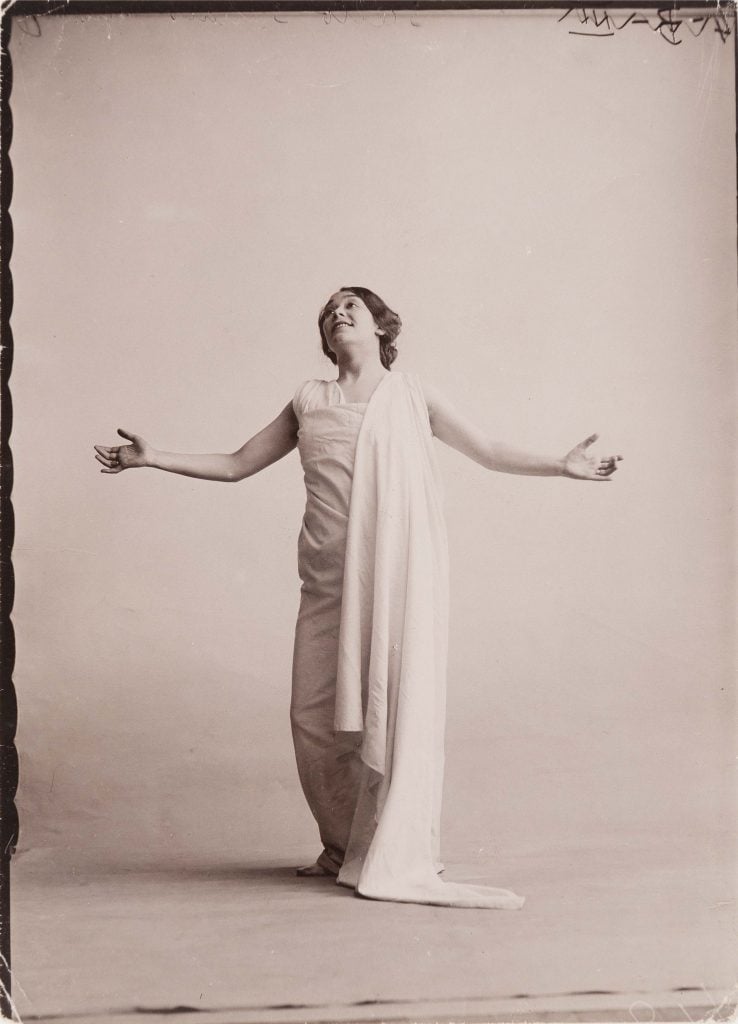
Fred Boissonnas, Dance Under Hypnosis (1903). Photo: O. Held. Collection of Lightmotif – Blatt. Courtesy of the Musée d’Art et d’Histoire of Geneva.
Undertaken in collaboration with American artist Tony Oursler, who contributed work from his proprietary archives that focus on the visual imagination of hypnotism, Rousseau’s area of expertise in the realm of both contemporary art history and artistic hypnotism is leveraged to “rediscover” the permanent collection of the MAH Geneva.
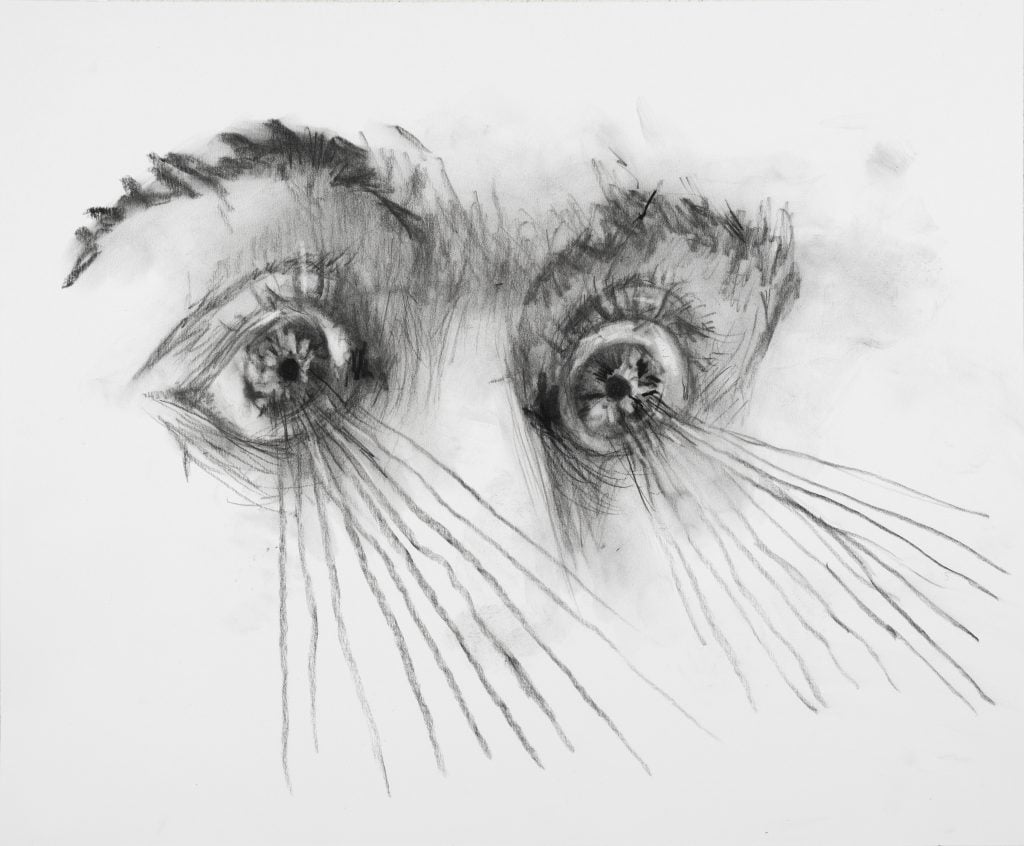
Tony Oursler, Magnetic Eyes (2020). Courtesy of the artist.
The exhibition is presented within two primary sections or stages. In the first, shown within the two Palatine Galleries, Deonna’s 1925 article “The Auxilliary Sciences of Archaeology” operates as a starting point from which explorations the interface between object and viewer. From an Egyptian sarcophagus to a Modigliani portrait, the presence of eyes as a source or “fluidic property” of captivation is fore fronted. This same captivation is identified within bodily representations, operating as a conduit of perceptual experience in images from the collection such as that of a young dancer who has hypnotized.

Amedeo Modigliani, Woman in a Black Dress (1917). Photo: F. Bevilacqua. Courtesy of the Musée d’Art et d’Histoire of Geneva.
In the second, a large-scale installation by Oursler offers an immersive moment for viewers. Known as a pioneer of video sculpture, the multimedia work brings together the themes and ideas presented by Rousseau and makes them manifest. Understood through multiple senses, the installation seeks to concentrate the history of hypnotism and visual imagination into a singular experience, one that visitors can both observe and interrogate from their own vantage and against their own lived reality.
Utilizing the MAH Geneva’s permanent collection, as well as incorporating contemporary work, through “Archaeology of Fluids” Rousseau presents a unique opportunity to see both historical and recent art and historical objects from a new and novel perspective—and it is arguably perspective itself that can be seen as the core subject of the show. And while the museum’s collection and spaces are pivotal to the exhibitions present realization, the revelations and conclusions it draws are applicable far outside the bounds of the institution itself, and can be brought to interfaces between object and viewer both within the museum and beyond.
“Archaeology of Fluids” is on view at the MAH Geneva July 19–October 27, 2024.
Follow Artnet News on Facebook:
References: this article is based on content originally published by Artnet Gallery Network on Artnet. You can read the full article here.
